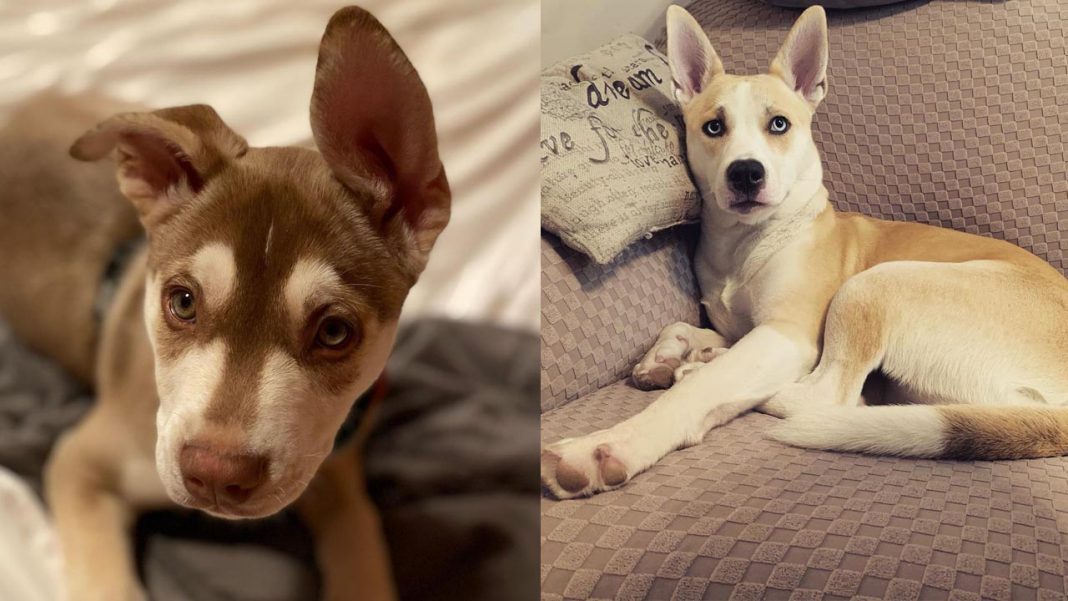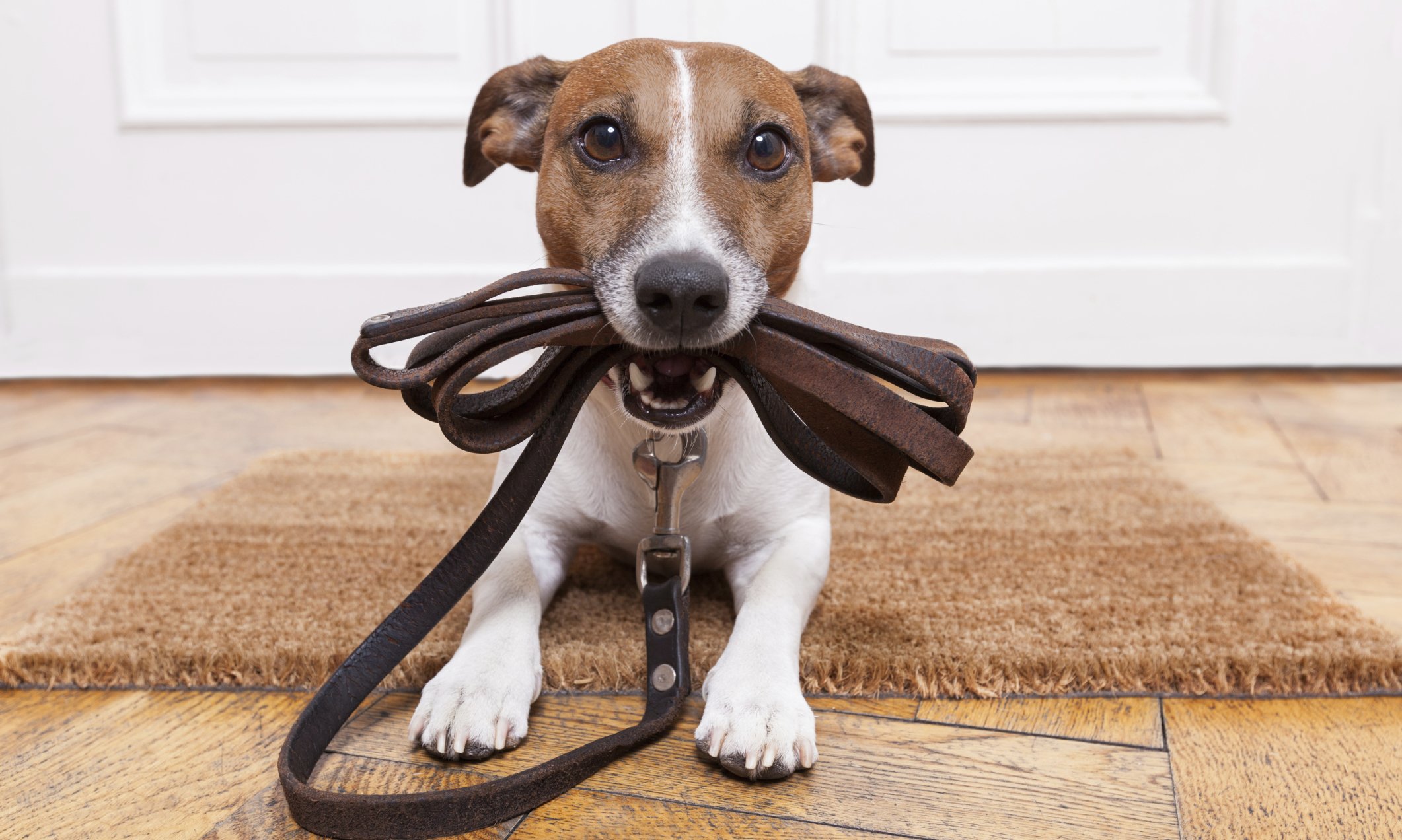Often known to their ever-growing band of followers as Turks, the Turkish Van is a semi-long haired cat variety with its origin being from around the Lake Van in Eastern Turkey.
Furthermore, these cats are in some cases nicknamed the “Turkish Swimming Cat” because of the love a dip during the hot summers while in their native country, as well as loving to play in the water.
The distinctive coat patterns which are mostly pure white but with striking patterns on its tail and head which make this breed very famous, plus these markings so unique such that it is known as “Van” in other breeds.
Despite having been acknowledged by the Governing Council of the Cat Fancy (GCCF) for over 40 years, these breeds are quite rare in Britain with no more than fifty new registration in 2010.
However, you must not confuse the Turkish Van with the Turkish Vankedisi and Turkish Angora which are both two entirely different breeds.
History
Most of the cat population in the Near East have a naturally occurring so-called “Van” design which is somewhat rare elsewhere in the globe.
According to legend, when Noah’s Ark came to rest on Mount Ararat a few miles from Lake Van after the flood, these cats left and started going down the mountain.
Subsequently, God’s blessings were bestowed on them as they left resulting in the coloured markings present on their shoulders.
Nevertheless, these cats’ origin is somewhat hazy although they are thought to have departed the Middle East hundreds of years ago thus attracting 19th-century artists imaginations.
Consequently, the Van-patterned cat is frequently seen sitting among the carpets and rugs in the paintings which are portraying Eastern markets and bazaars.
The cat’s breed modern history is however well documented, when Laura Lushington, a journalist employed by the Turkish Tourist Board along Sonia Halliday, a photographer was given two Turkish Van kittens (one male, one female).
They successfully brought the two kittens to Britain, and in due course, subsequent kittens with the same patterns were born, with numerous other litters following after that.
After gaining the support of some of Britain’s highly regarded cat show judges and breeders, these two ladies went back to Turkey in 1959 and came back with two other kittens.
The two ladies subsequently went ahead and established a carefully documented breeding program for the Turkish Van, and in 1969, the breed ultimately reached full GCCF Championship in Britain.
Nevertheless, the breed entered the USA much later, with the first import being in 1982, consequently achieving Championship status in 1994 with the Cat Fanciers Association (CFA).
Appearance
Turkish Vans are big muscular cats with the adult males in some cases weighing as much as 18 pounds, despite mostly not reaching full maturity till they are three years old.
Usually, this cat’s coats are cream/white or Auburn/white, and the white is a pure ‘chalk’ white with no trace of yellow against the conspicuous colour of the tail and head, with a spot of colour occasionally seen on the shoulder.
Despite the basic coat colour being always white, other patterns and colours since 1969 have slowly been introduced, and this includes tabby, black, tortie and blue.
Moreover, the cat’s coat is silky and soft with no woolly undercoat, with the winter coat being denser in comparison to the summer coat and has a full ruff the more the cat ages becomes more distinct.
These cats have oval and large eyes with colours fluctuating between amber and blue, or frequently being odd-eyed with each eye having a different colour. Lastly, the ears are dramatic tufted ears as well as having a beautiful full brush.
Temperament
The Turkish Vans are often known to be intelligent breed as well as being very loving.
However, these cats can also be somewhat independent interacting with people on their terms, with this often thought to be a reflection of the cat’s early beginnings as rural cats infrequently harsh environments.
Enthusiasts of this breed though state that a lot is dependent on the early days of the small kittens and how much contact time they are in contact with humans after confidence is won, they are frequently very lively as well as attaching themselves to a preferred person.
Additionally, they love airborne activities thus often their games take place between tall furniture pieces.
Having thick water-resistant coats, these cats just like their ancestors are captivated by dipping taps and water, hence when they go out do not worry about getting rained on slightly.
Turkish Van also has a rather distinctive voice which many owners describe as sounding quite like a sheep although a quiet one.
Turkish Van Health
Despite the coats of these cats dominated by white, they are not susceptible to deafness, with these breeds of cat usually being very healthy with no breed-specific problems know so far. Therefore, these cats live well into their mid-teens.
Purchasing of these kittens should be done from a trustworthy breeder, and just like other cats, it needs an annual vaccination booster to protect it from common feline sicknesses of enteritis and flu.
Furthermore, if the cats go outdoors, vaccination against Feline Leukemia is also vital, but allowing them outside may result to them bringing home their wildlife trophies, either dead or alive.
It is because these cats are just similar to their ancestors who were successful hunters who callously hunted attractive prey.
Caring for a Turkish Van
With semi-longhaired tail particularly the tail, Turkish Van requires regular combing to ensure it is free from tangles and knots as well as confiscating any loose hairs that could result in fur balls.
Despite being a very active breed, they will adjust to life indoors but need to be kept busy with toys and other entertainments.
Additionally, they will consume most of the good quality cat food brands as well as loving ham, chicken treats and also grated cheese, but cow’s milk will possibly result in a stomach upset.
Also, always present should be a bowl of water, and with this breed’s interest in water, it is crucial that this cat breed has a toilet seat held down firmly.








